Navajo History
Centuries before Christopher Columbus landed in the Americas in 1491, Navajos were already settled in the Four Corners area of the Colorado Plateau. However, Navajos weren’t the first inhabitants of the land. According to Anthropologists & historians, Ice-Age Paleo-Indian hunters (12,000-6,000 B.C.) roamed the Monument Valley area thousands of years earlier, followed by archaic hunter gatherers (6,000 B.C-1 A.D.). Evidence of Anasazi in Monument Valley is still visible through their sites and ruins dating before 1300 A.D. But it wasn’t until 1581 that the first Spaniards made contact with the Navajo.
From the cultural perspective, Navajos believe they came to their land by emerging through four levels of worlds, to currently residing in the fourth level, the “Glittering World”.
Welcome to a place where history comes alive. Welcome to the Navajo Nation.
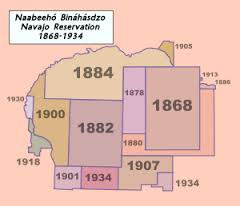 The Long Walk of the Navajos is a prominent history in Navajo life because it officially established Navajoland upon the release of the Navajos from Bosque Redondo, New Mexico where they were incarcerated in January 1864. Navajo were forcefully removed from their land due to continued conflict with settlers moving on and surrounding their land. The map on the right shows the original land base with addition to the land base through Executive Order.
The Long Walk of the Navajos is a prominent history in Navajo life because it officially established Navajoland upon the release of the Navajos from Bosque Redondo, New Mexico where they were incarcerated in January 1864. Navajo were forcefully removed from their land due to continued conflict with settlers moving on and surrounding their land. The map on the right shows the original land base with addition to the land base through Executive Order.
For more information on the Long Walk, contact the Navajo Nation Museum at (928) 871-7941 for information on the Hwéeldi Baa Hane’ exhibit.
Information can also be found here: Year of Naaltsoos Sání 2018


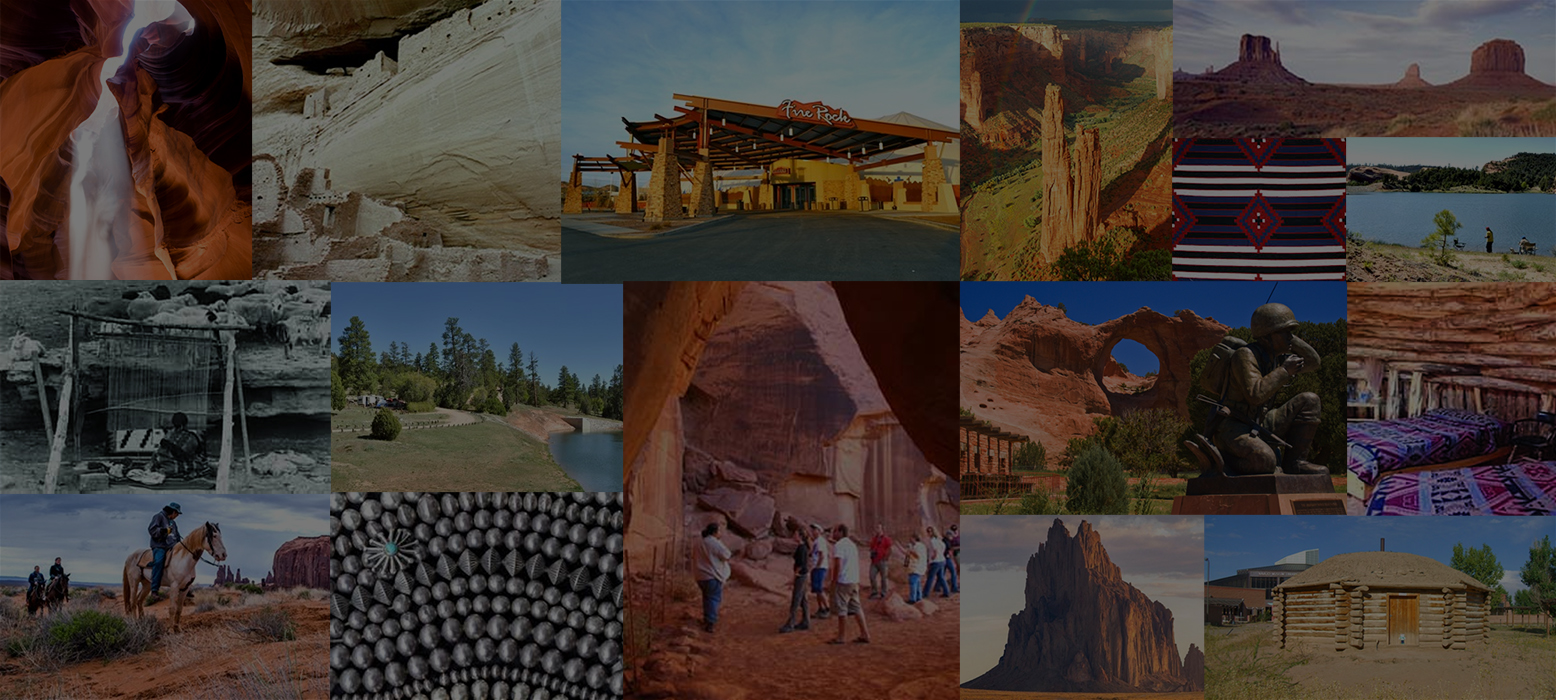
 Diné Bikéyah (pronounced as
Diné Bikéyah (pronounced as 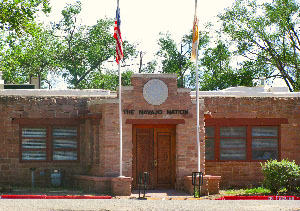
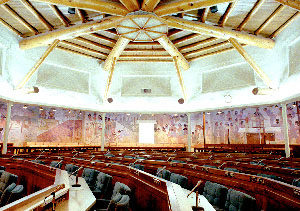
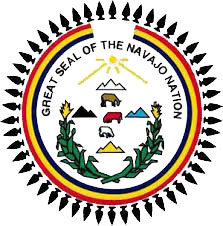 The Great Seal of the Navajo Nation was designed by Mr. John C. Claw Jr. of Many Farms, AZ. This was officially adopted by the Navajo Tribal Council on January 18, 1952.
The Great Seal of the Navajo Nation was designed by Mr. John C. Claw Jr. of Many Farms, AZ. This was officially adopted by the Navajo Tribal Council on January 18, 1952.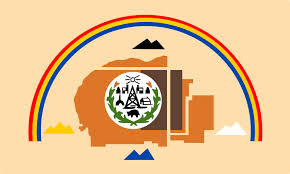 The Navajo Nation Flag was designed by Jay R. DeGroat of Mariano Lake, NM and adopted by Navajo Tribal Council on May 21,1968. The flag incorporates several elements from the Navajo Nation Seal.
The Navajo Nation Flag was designed by Jay R. DeGroat of Mariano Lake, NM and adopted by Navajo Tribal Council on May 21,1968. The flag incorporates several elements from the Navajo Nation Seal.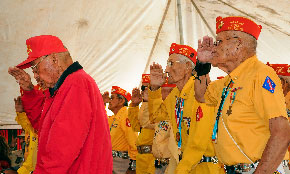 The Navajo Code Talker’s served in all six Marine divisions from 1942 to 1945 and have been credited with saving countless lives.
The Navajo Code Talker’s served in all six Marine divisions from 1942 to 1945 and have been credited with saving countless lives.